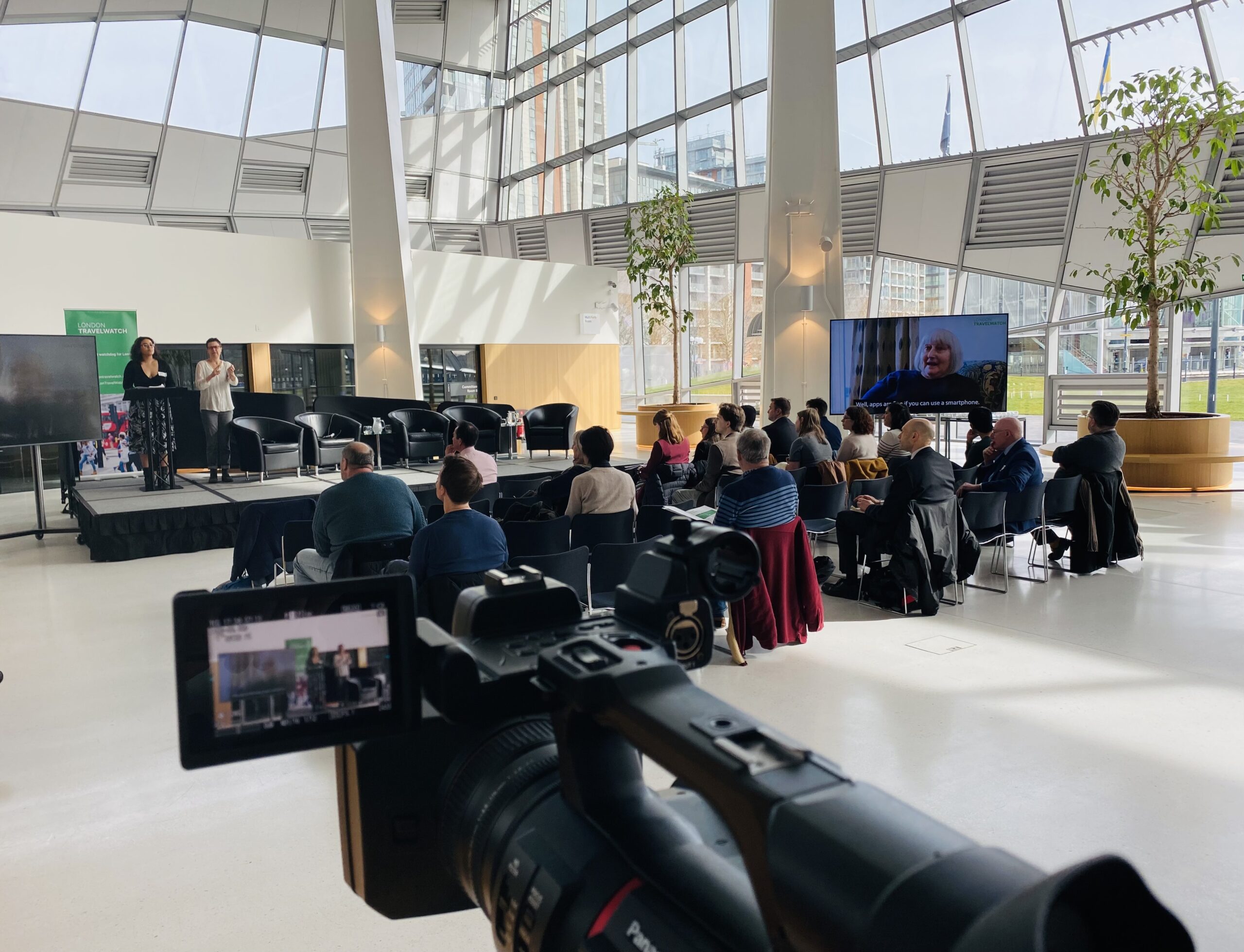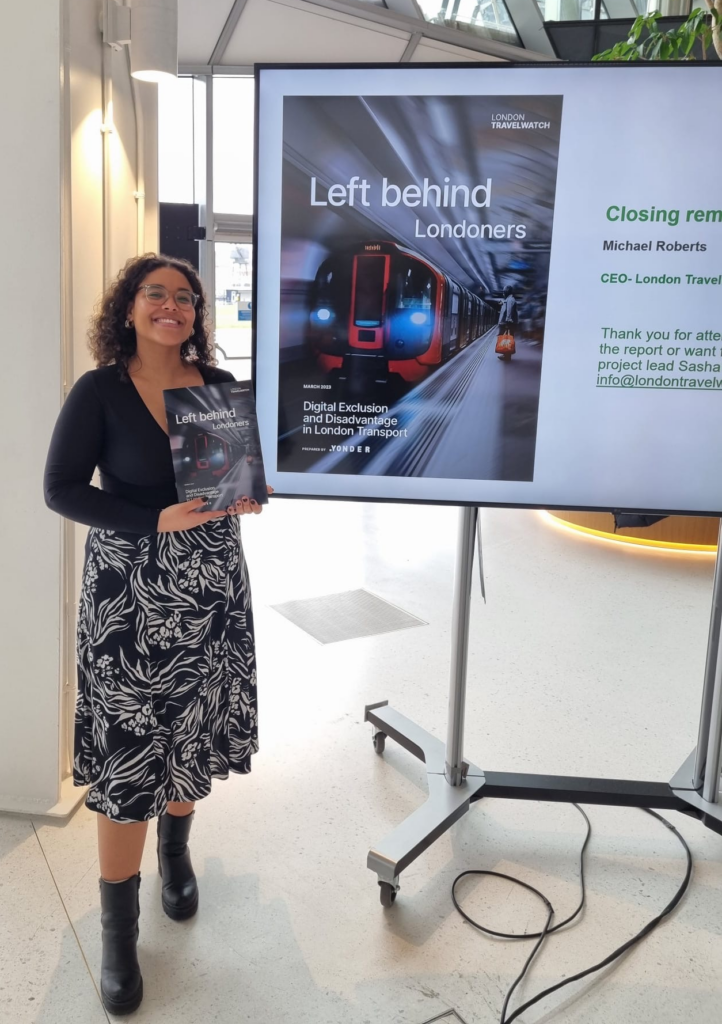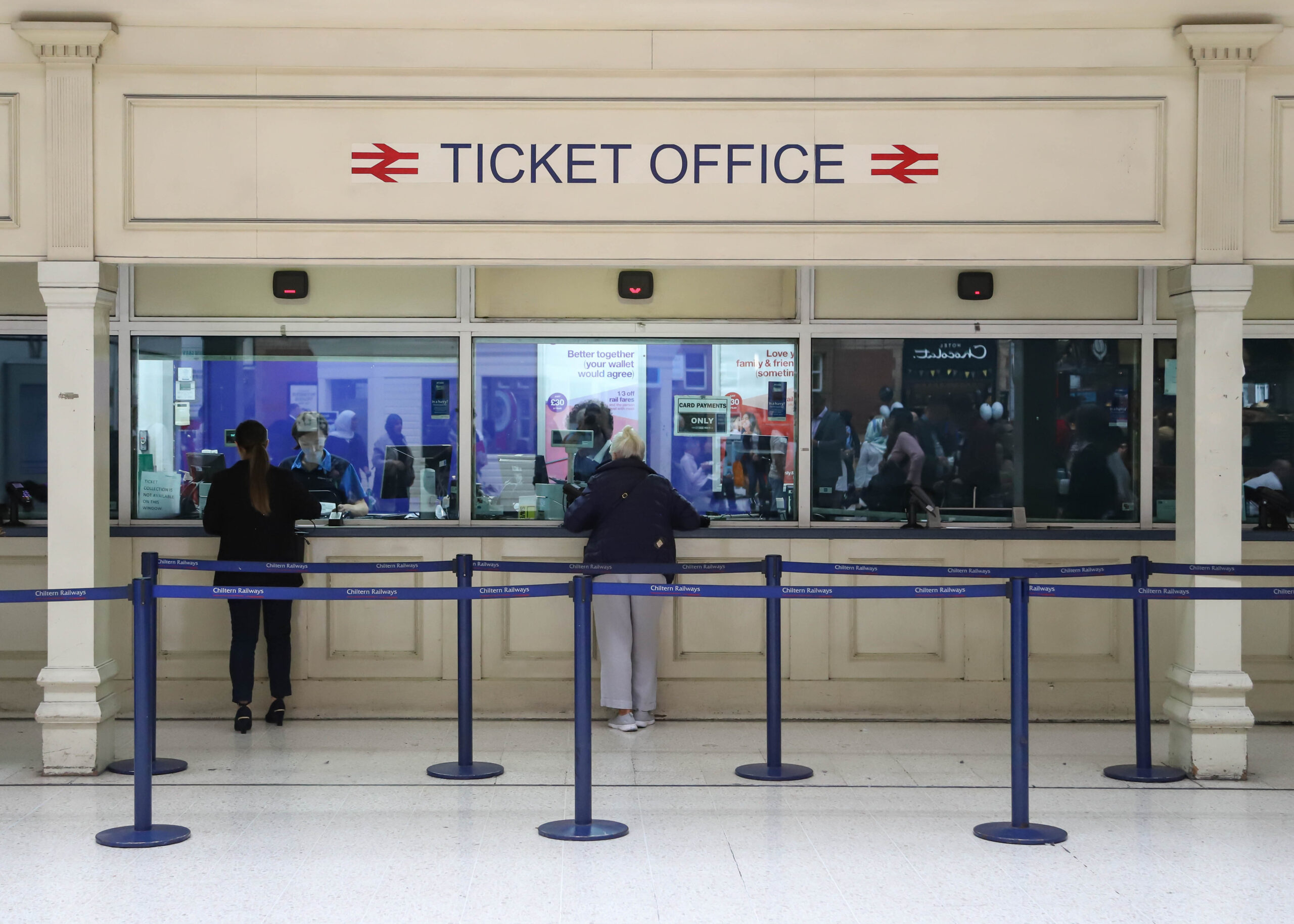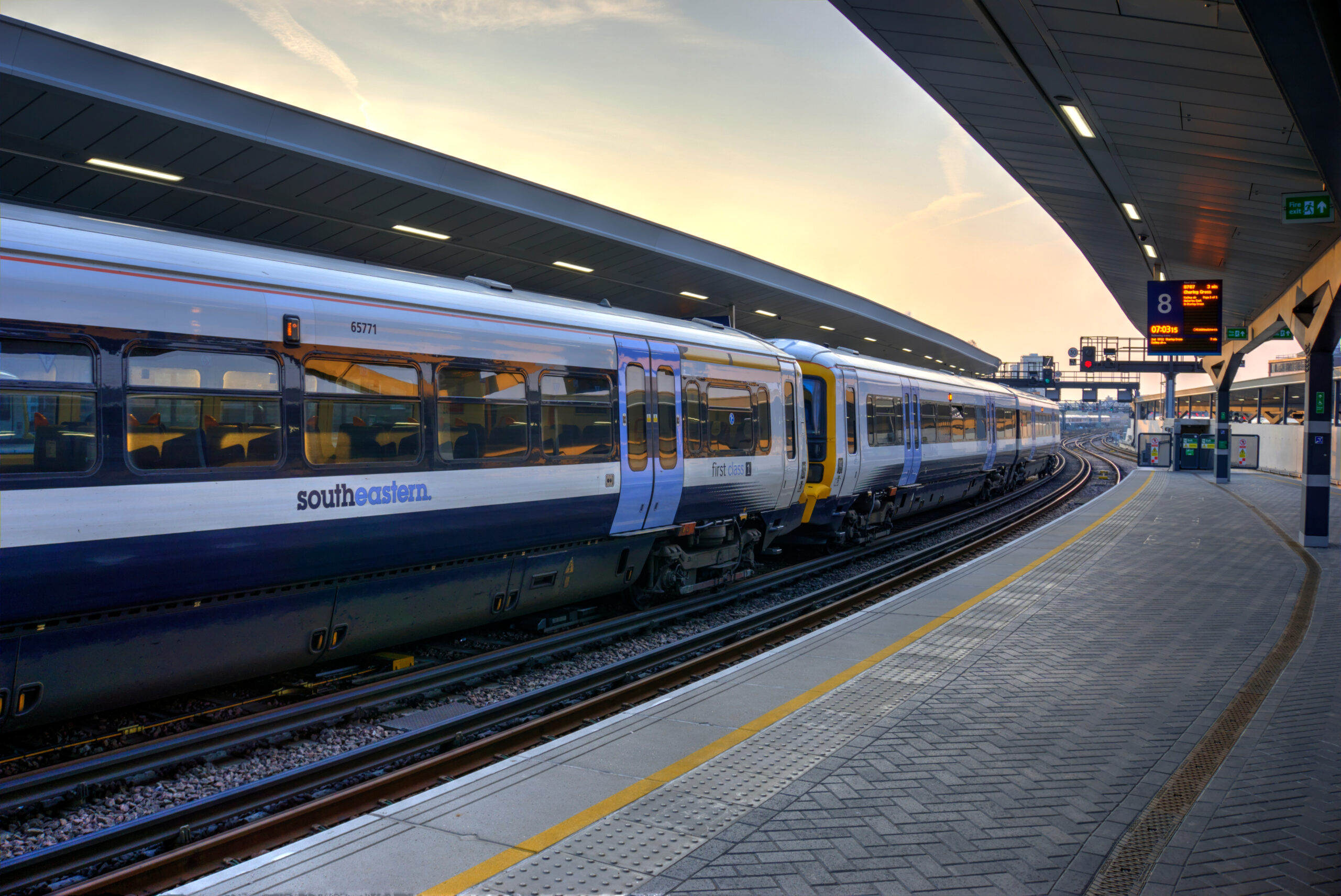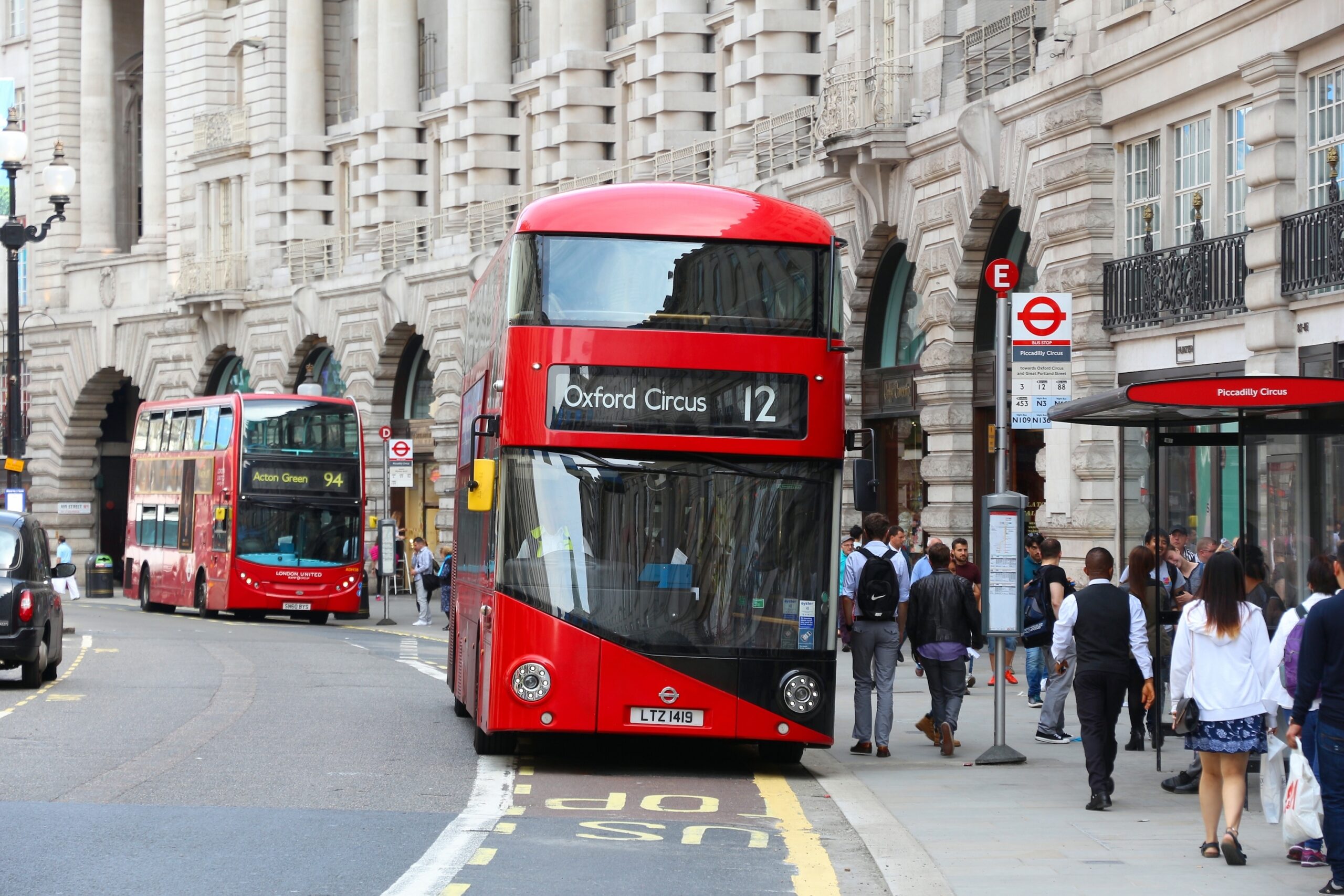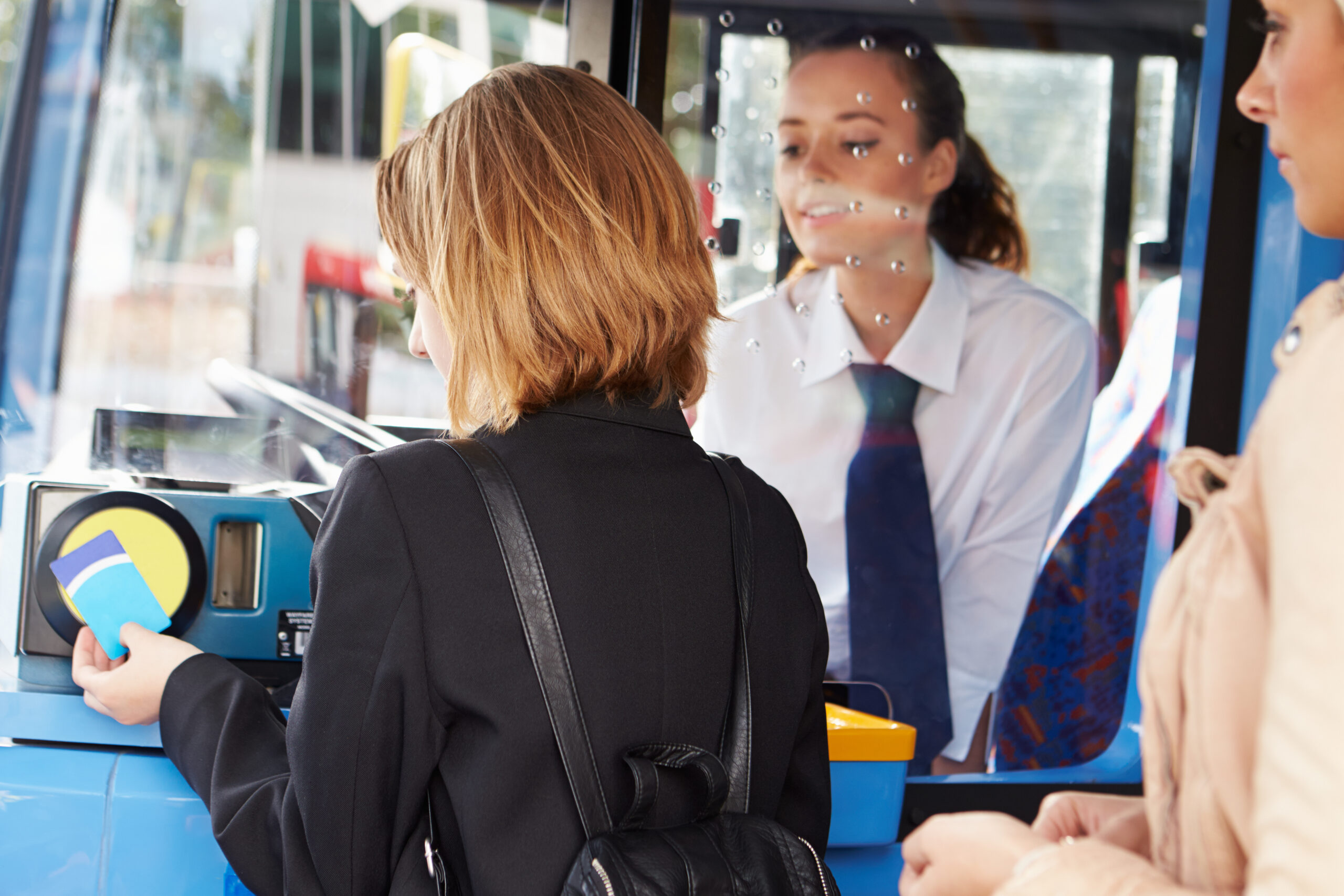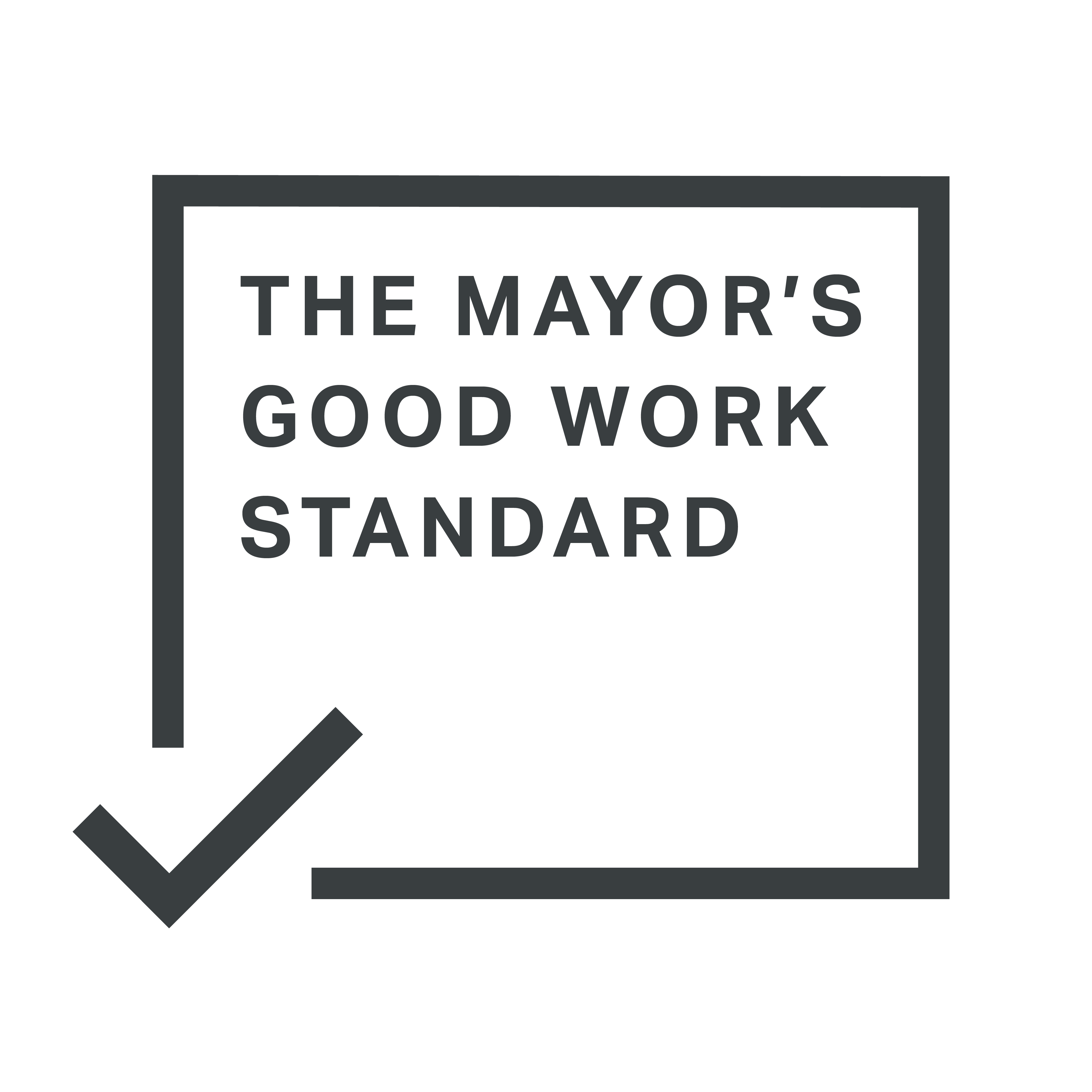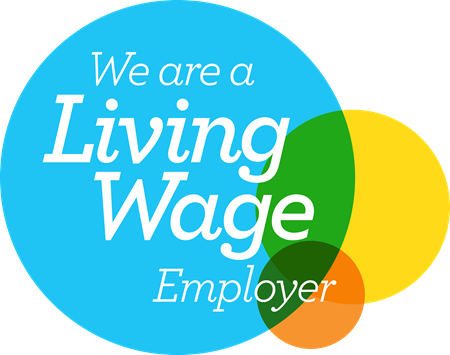12 April 2023
Last month we launched our latest piece of research, ‘Left Behind Londoners – Digital Exclusion and Disadvantage in London transport’. We published the report findings and recommendations from City Hall, as part of a ‘hybrid’ event. This meant people could watch and participate both in person and online.
Why we made the event ‘hybrid’
We wanted to host a hybrid event due to the nature of the report itself, as well as allowing people to choose which option was more accessible to them. If it was only accessible online or in person, then we would be potentially excluding people who couldn’t dial in or travel to the event on the day.
We came up with 9 recommendations in total for transport organisations to take on board. We were motivated to set a positive example ourselves by making sure our launch event was fully accessible and inclusive.
Despite strike action across London Underground services on the day, the event went smoothly with good attendance both in person and online. Unsurprisingly, there were some minor tech hiccups along the way, including faulty microphones which weren’t connecting to the Zoom session online. Once we realised the problem, we managed to overcome this quickly by swapping them out.
How did we aim to make a hybrid event accessible and inclusive?
We arranged accessibility features for the event and welcomed attendees to get in touch with any specific requests before the launch date. We worked closely with the staff at City Hall who helped make suitable arrangements on the day. It was a pleasure to work with them, and the event wouldn’t have been as successful without their support and guidance. It is an accessible venue, and we will be working with them again to use the space in future.
We also wanted to make sure that anyone could read and access the report when they wanted to. To do this, we needed to have accessible versions of the report available in person and online. We worked with A2i Transcription Services Limited to arrange various accessible versions of the executive summary, like an easy read, large print, braille, and a British Sign Language (BSL) video version for people to access.
We worked with two BSL interpreters on the day and they did a great job. We met them before the event started and made sure they knew the running order and structure of the day. We also made sure they were comfortable with where they would stand and moved things around to adjust the layout of the stage. They both received a rough copy of what each panellist would say on the day to help them prepare for the event. So, in summary, to make the event as accessible as possible, we had:
- Step-free access throughout the venue
- Accessible toilets on the same floor as the event
- An audio induction loop
- Two BSL interpreters
- Enclosed captions on the videos we played
- Chairs and rest spaces
- Space for people to spread out and distance as required.
- Covid measures including disposable masks and hand sanitiser.
- Vegan and gluten free food options
- Various copies of the report, including accessible versions like braille
How can we improve for future events?
We’re really happy with how the event went but recognise we still have a lot to learn and follow through with. For example, although we had a ramp for the stage, we also needed to have considered having a handrail leading up to it for people to use, which was feedback we got from one of our panellists.
We know that as the event was livestreamed on Zoom and YouTube, automatic subtitles were generated. We found that there were times when the subtitles were out of sync and not entirely accurate. This will have made it difficult for people viewing online to follow what was being said. Next time we’ll look to produce our own live subtitles to make sure the information is more accurate.
We’re keen to hear back from attendees on what worked well and what else we can improve for next time. We’ll be asking for this feedback in our regular meetings and catch-ups with partner organisations and different stakeholders.
What’s next for digital exclusion?
When we started this project, we really wanted to push ourselves as an organisation to work towards a better standard. It hasn’t been easy, but it is necessary for us to continue to learn and be open to doing things in a different way as an organisation that represents all people who use transport.
This project on digital exclusion has taught us a lot about accessibility and inclusion. We are keen to keep learning new ways to do things and we are committed to moving towards becoming a more inclusive organisation.

